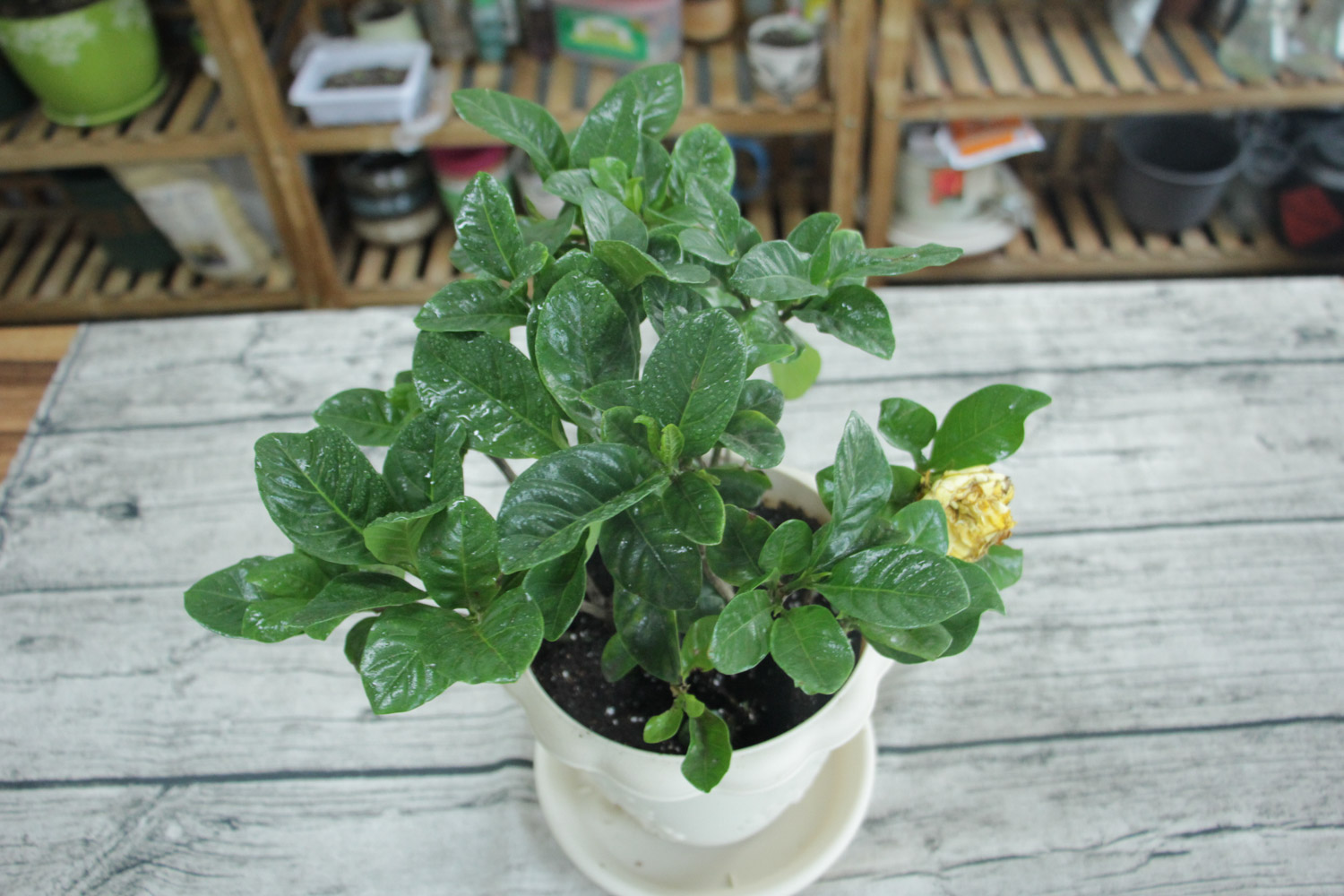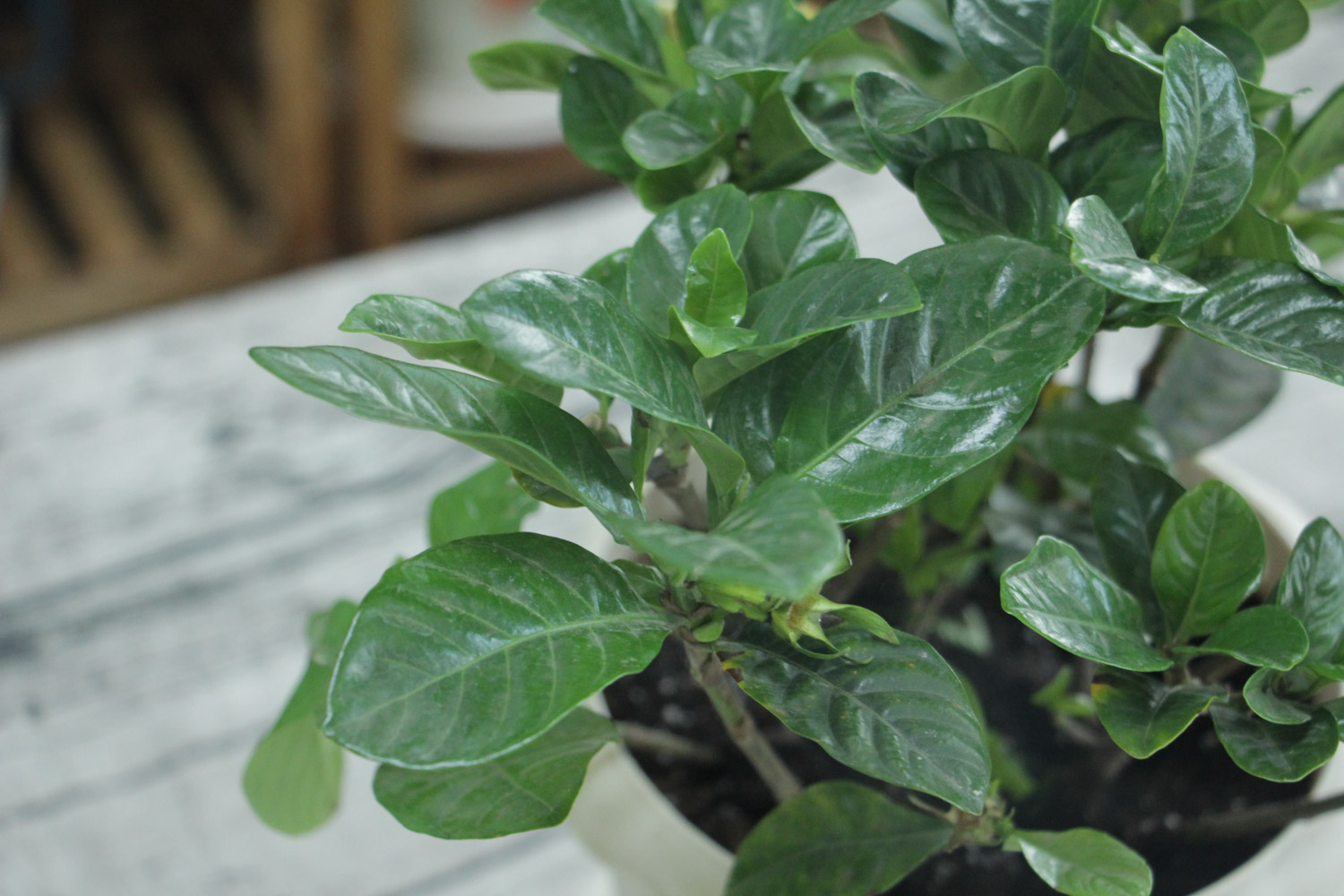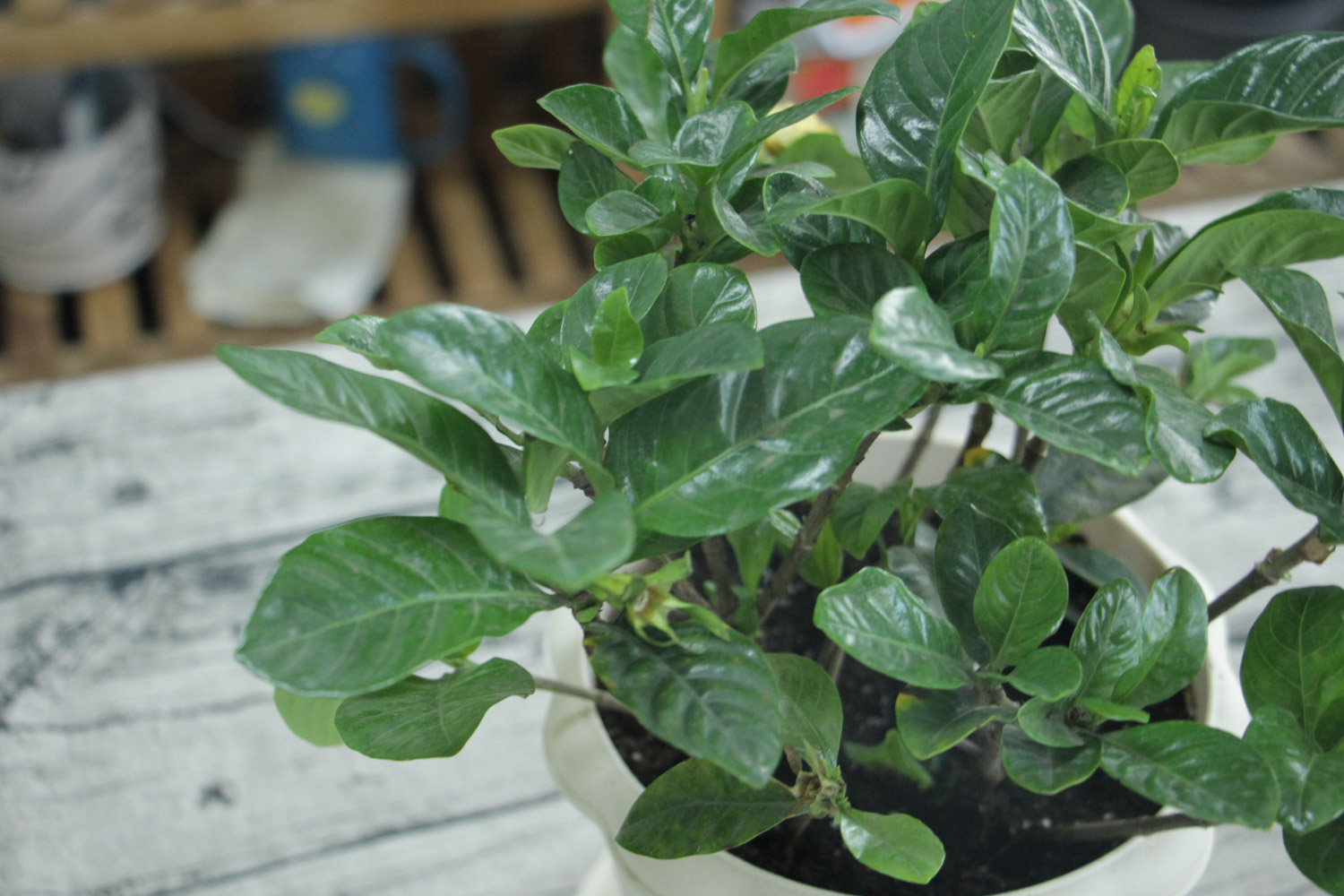1、 Soil culture
1. Soil: Gardenia is an acidic plant, so the best soil to cultivate it is acidic soil with good air permeability, which is more conducive to its growth. In the cultivation process, the pH value of the soil should be tested frequently. If the value is greater than 7, it is alkaline. Once the soil is found to be alkaline, measures should be taken. You can pour a few drops of vinegar or mix rotten leaf fertilizer into the soil. These things can change the soil quality

2. Light: Gardenia is a semi shade plant, which needs a certain amount of light. It needs to ensure six hours of astigmatism every day
3. Watering: it likes humidity but is not resistant to waterlogging. It can be watered two or three times a week, but it can't be watered too much, because gardenia is a meat root system. Too much watering will lead to its rotten roots
4. Pruning: Gardenia will grow better after pruning, so it needs to be pruned after flowering every year to stimulate growth

2、 Hydroponic culture
1. Change water: Gardenia in hydroponic culture should change water frequently. It's best to change it once every two or three days. Spray its branches and leaves sooner or later
2. Nutrients: during the growth and flowering period of gardenia, it has a high demand for nutrients. It is difficult to meet its needs by relying on the nutrients in the water alone, so it is necessary to drop a few drops of nutrient solution in the water every time the water is changed
3. Light: like Gardenia cultivated in soil, hydroponic culture also needs astigmatism irradiation. It is OK to ensure six hours of astigmatism irradiation every day
4. Pruning: Gardenia will have many residual branches and flowers after flowering, so you need to prune them at this time to concentrate nutrients and prepare for flowering in the coming year


 jackfruit
jackfruit snake plant
snake plant hibiscus
hibiscus hydrangea
hydrangea lavender
lavender Green roses climb al...
Green roses climb al... If you don't pay att...
If you don't pay att... Management of four g...
Management of four g...































